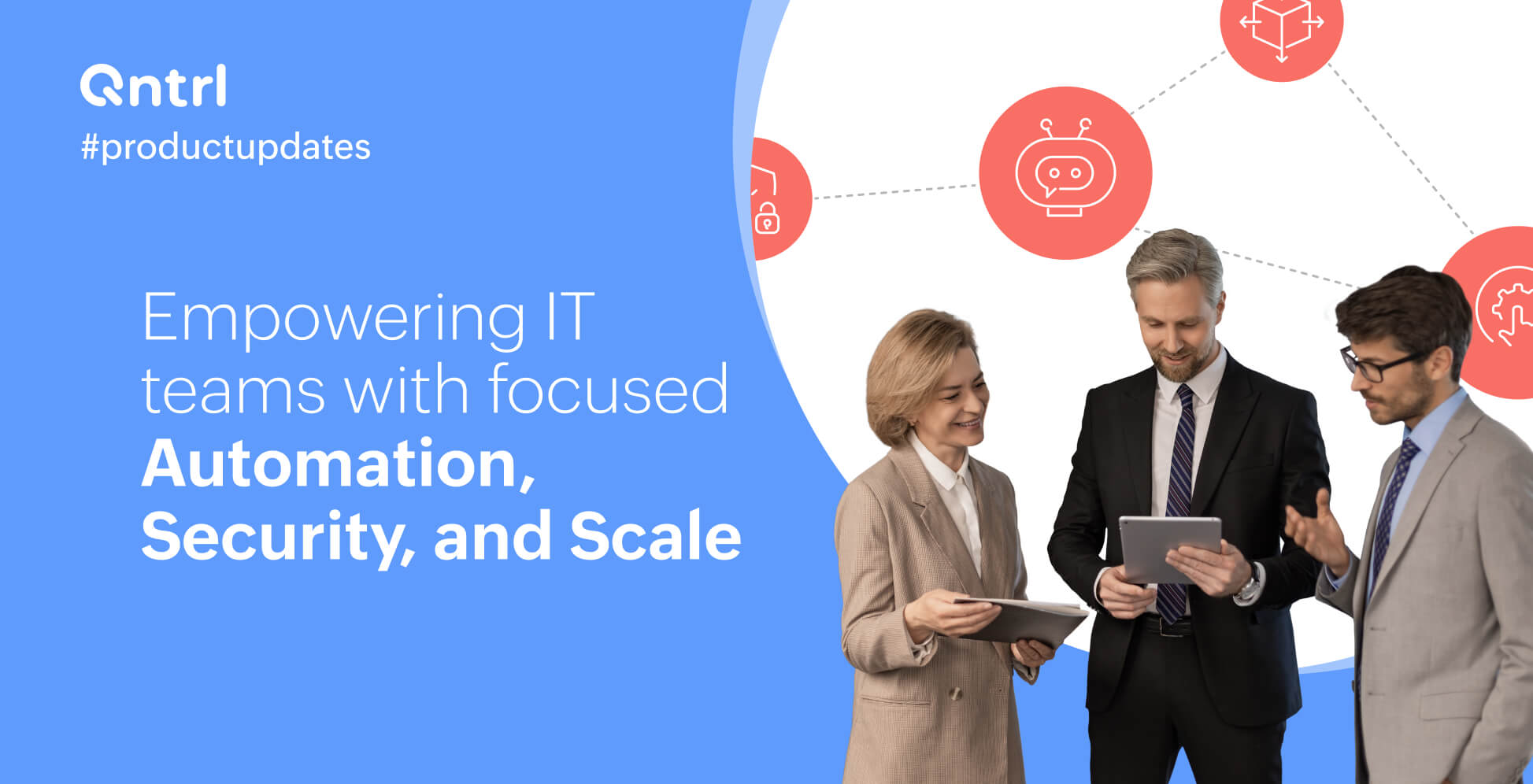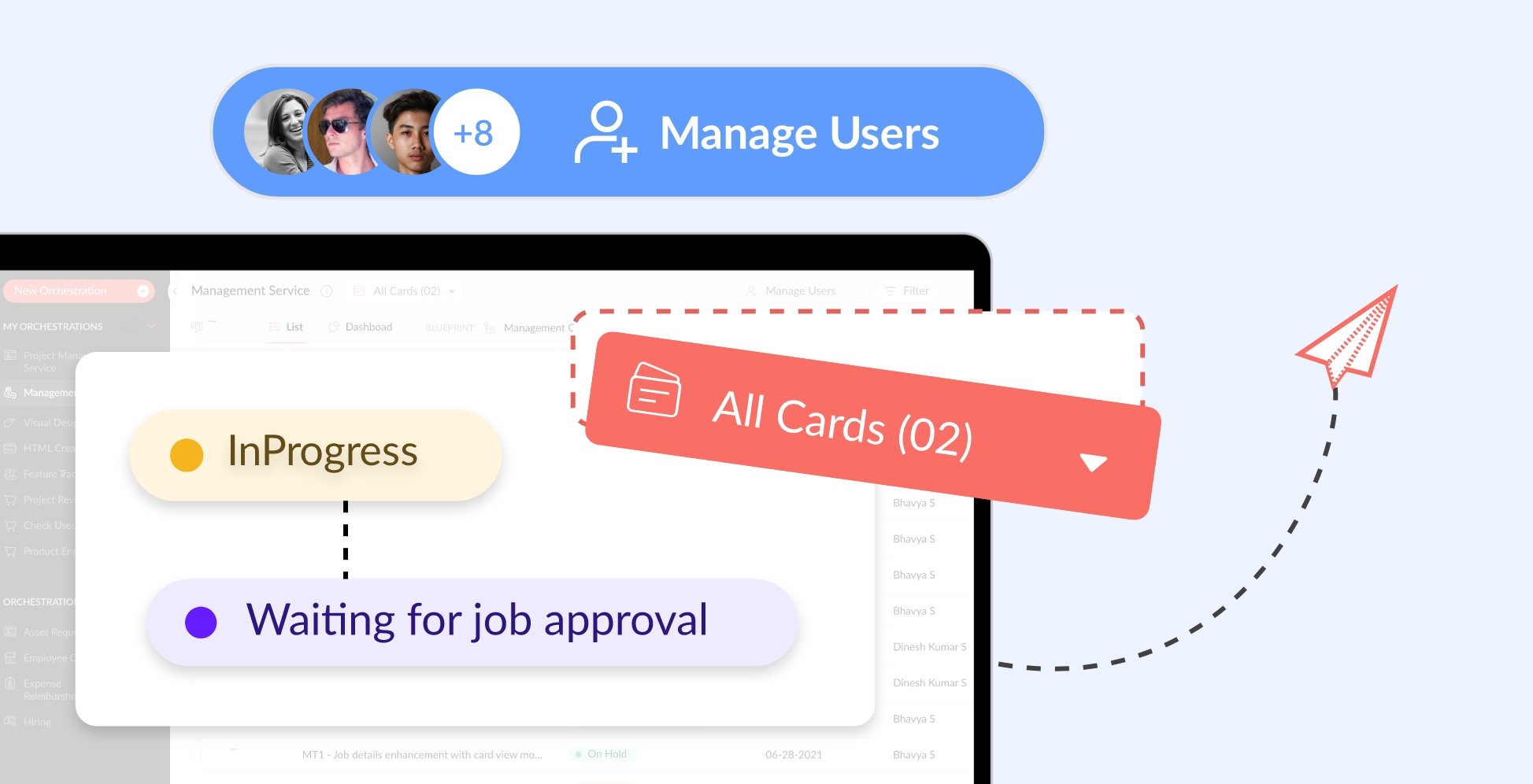Workflow mapping is integral to optimizing business processes, providing a visual blueprint for task completion. When coupled with BPM (business process management) solutions, it becomes a potent tool for process analysis and automation. BPM tools offer insights into processes, aiding in the identification and rectification of inefficiencies.
Understanding workflow mapping
Workflow mapping is a methodical approach to understanding business processes aiming to uncover inefficiencies and improvement opportunities. It offers clarity on task sequences, decision points, and interactions. Visual representations, such as flowcharts, illustrate workflows, helping identify bottlenecks and redundancies.
Benefits to workflow mapping
Workflow mapping streamlines processes, enhancing operational efficiency by reducing cycle times and resource wastage. It fosters transparency and accountability by defining roles and responsibilities. Additionally, it ensures consistent and timely delivery of products or services, boosting customer satisfaction.
Workflow mapping employs techniques like process flowcharts, swimlane diagrams, and value stream mapping. Flowcharts visualize sequential steps, swimlane diagrams organize information by functional areas, and value stream mapping analyzes end-to-end flow. These methods facilitate process analysis and continuous improvement initiatives.
Introduction to BPM
BPM is a strategic approach to improving organizational workflows, focusing on efficiency and effectiveness. It encompasses a set of methodologies, tools, and technologies aimed at mapping, analyzing, and optimizing business processes.
BPM software plays a pivotal role in this endeavor, providing organizations with the capability to visualize, manage, and streamline workflows seamlessly.
Benefits of process mapping
Process mapping offers numerous benefits to organizations looking to streamline their operations and improve efficiency. By visually representing workflows and processes, organizations can gain valuable insights into how tasks are performed, identify bottlenecks or inefficiencies, and optimize processes for better outcomes.
Additionally, process mapping fosters clearer communication and understanding among team members, enabling smoother collaboration and alignment towards common goals. Moreover, it helps standardize procedures, reduce errors, and enhance the overall quality and consistency of deliverables.
How to plan out your process maps
Creating a process map involves several key steps to ensure its effectiveness and usefulness. Firstly, it's essential to establish the main goal or objective of the process mapping exercise, whether it's to increase speed, improve quality, or enhance communication.
Next, organizations should start by mapping out the current state, capturing all relevant steps, tasks, and interactions involved. During this phase, it's crucial to keep the process map simple and easy to understand, focusing on common scenarios and avoiding unnecessary complexity.
Once the current process is mapped, organizations can identify areas for improvement, process efficiency, and develop a vision for the future state. This involves analyzing differences between the current and desired states, recognizing potential challenges or obstacles, and brainstorming solutions to address them.
The initial step involves creating simple forms using collected data, followed by applying business or workflow logic to the process map.
For instance, a basic open and close request map for approvals can be developed, incorporating specific parameters for transitioning between steps. The blueprint includes task assignees, executors, and workflow logic, culminating in the publication of the mapped process.
In cases of complex logic, tasks can be reverse-engineered to adhere to a logical sequence. Using the same blueprint, complex processes are mapped out, with the flexibility to modify parameters and permissions to suit the desired workflow logic.
Enabling cross-departmental collaboration and multitasking is theoretically feasible, provided process managers articulate their workflow logic effectively within the process mapping software.
Finally, just publish the process and adhere to the workflow as mapped. Change the logic and structure, if required and as suited to, changes in task dependencies.
Throughout the process mapping exercise, it's important to regularly revisit and update the process map to ensure its accuracy, logic, process efficiency, and relevance over time.
Steps involved in workflow mapping process
Identifying processes: The first step in workflow mapping involves identifying the processes to be mapped. This requires collaboration with stakeholders from various departments to ensure comprehensive coverage. Stakeholders provide insights into critical processes and their interdependencies.
Gathering information: Once processes are identified, relevant data and insights about existing workflows must be collected. This can be achieved through interviews, surveys, observation, and document analysis.
The goal is to gather comprehensive information about process steps, inputs, outputs, dependencies, and performance metrics.
Creating process maps: Process maps are visual representations of workflows, illustrating the sequence of tasks, decisions, and interactions. BPM software facilitates the creation of process maps through intuitive graphical interfaces.
Process mapping tools offer features such as drag-and-drop functionality, customizable symbols, and automated diagram generation.
Analyzing and optimizing: After creating process maps, the next step is to analyze them to identify inefficiencies and improvement opportunities.
BPM software provides analytical tools to assess process performance, identify bottlenecks, and pinpoint areas for optimization. Strategies for optimization may include simplifying processes, eliminating redundant steps, automating tasks, and redesigning workflows for greater efficiency and effectiveness.
Examine pros and cons of process mapping
Examining case studies showcasing successful workflow mapping initiatives utilizing BPM offers invaluable insights. These examples highlight how organizations have leveraged BPM process mapping software to streamline their processes, resulting in tangible benefits such as cost savings, improved productivity, and enhanced customer satisfaction.
By dissecting these implementations, organizations can gain a deeper understanding of best practices and potential pitfalls, enabling them to apply lessons learned to their own workflow mapping endeavors.
Best practices for workflow mapping with process efficiency
Implementing workflow mapping initiatives with process efficiency requires adherence to certain best practices to ensure success. Key considerations include engaging stakeholders at every stage of the process, ensuring data accuracy and completeness, and establishing a robust governance framework for ongoing maintenance.
Additionally, organizations should prioritize simplicity and clarity in their process maps, utilizing BPM software features to create intuitive visual representations. Thus, maximize the effectiveness of their workflow mapping efforts and achieve sustainable process improvements.
Conclusion
Workflow mapping with BPM represents a powerful strategy for organizations seeking to optimize their business processes. By leveraging BPM software and adhering to best practices, organizations can gain valuable insights into their workflows, identify areas for improvement, and drive meaningful change.
As technology continues to advance, organizations must remain vigilant in exploring new trends and innovations in workflow mapping and BPM to stay competitive and achieve their strategic objectives.








